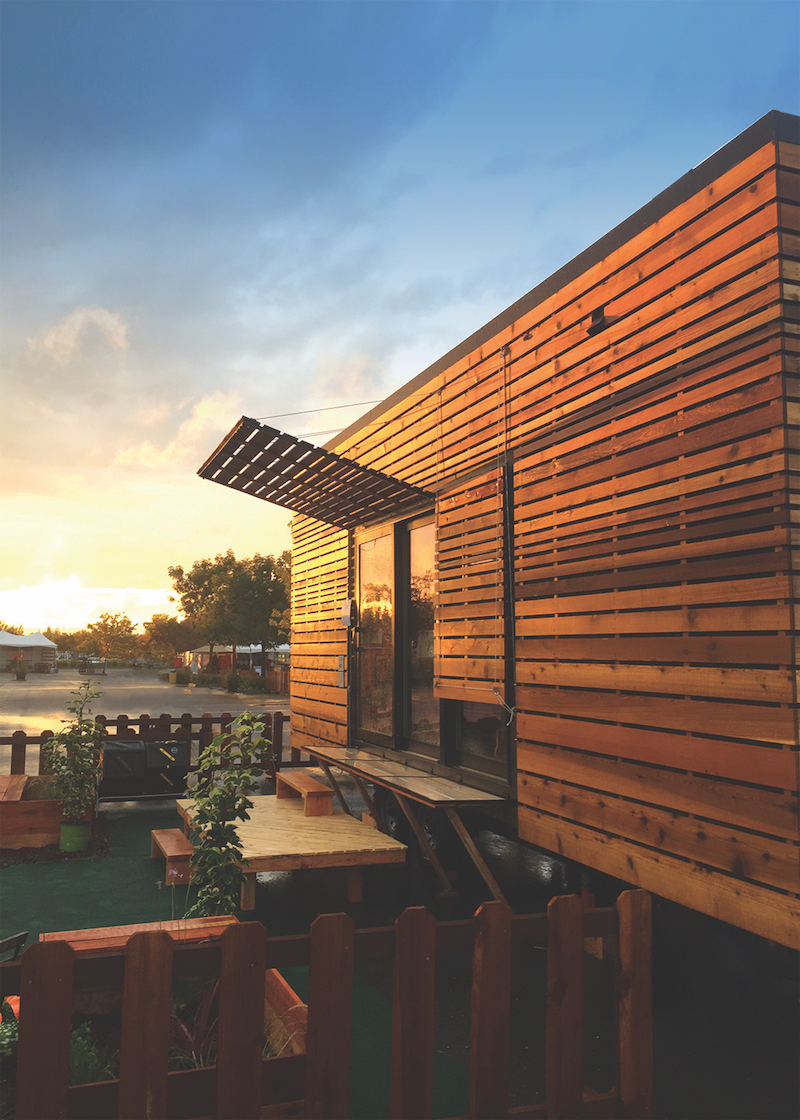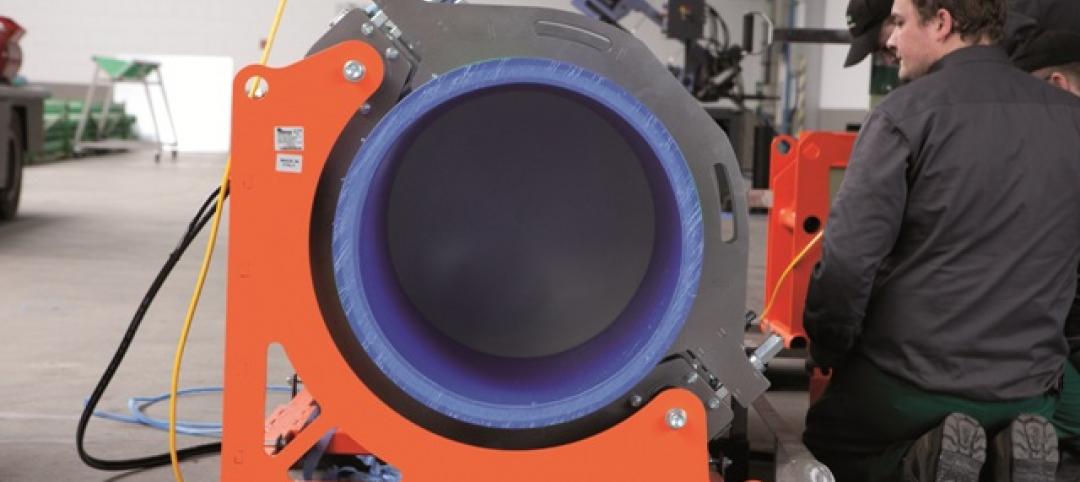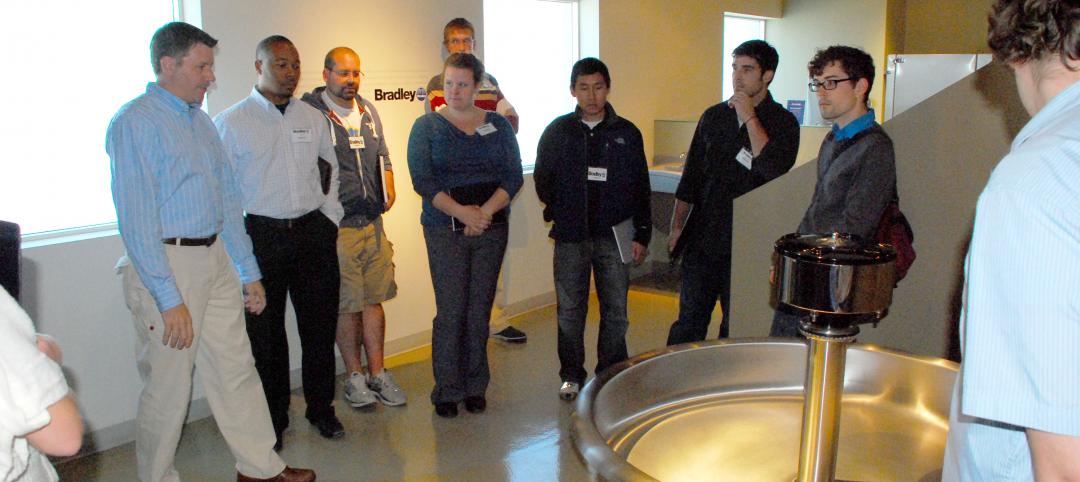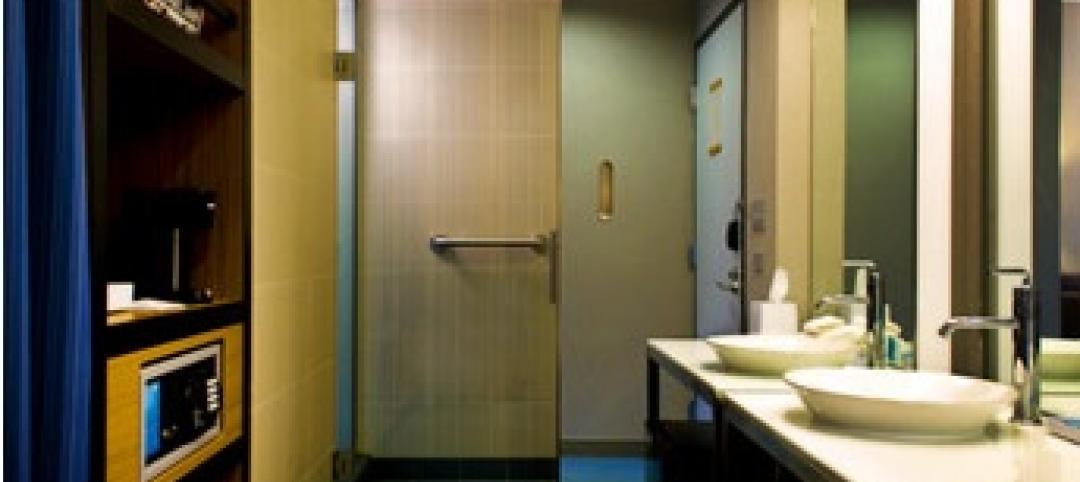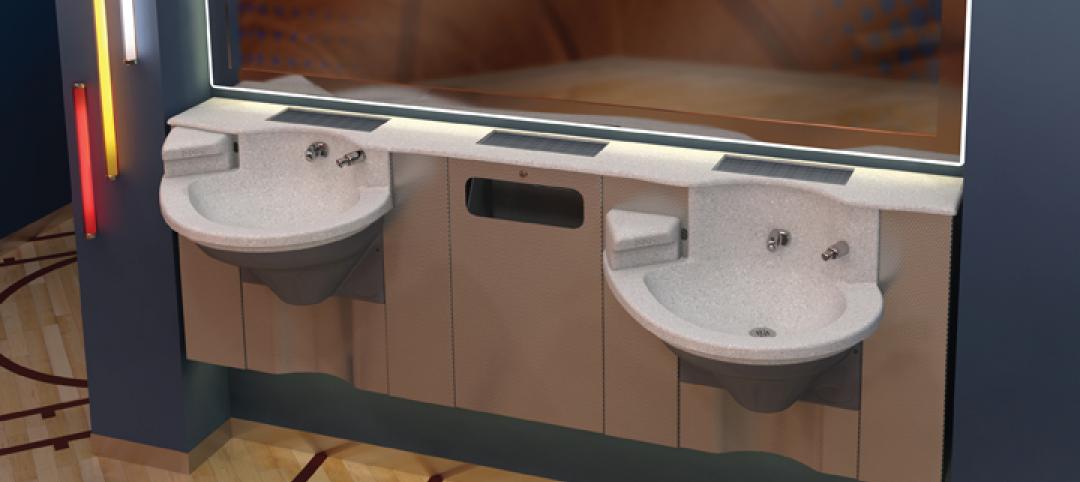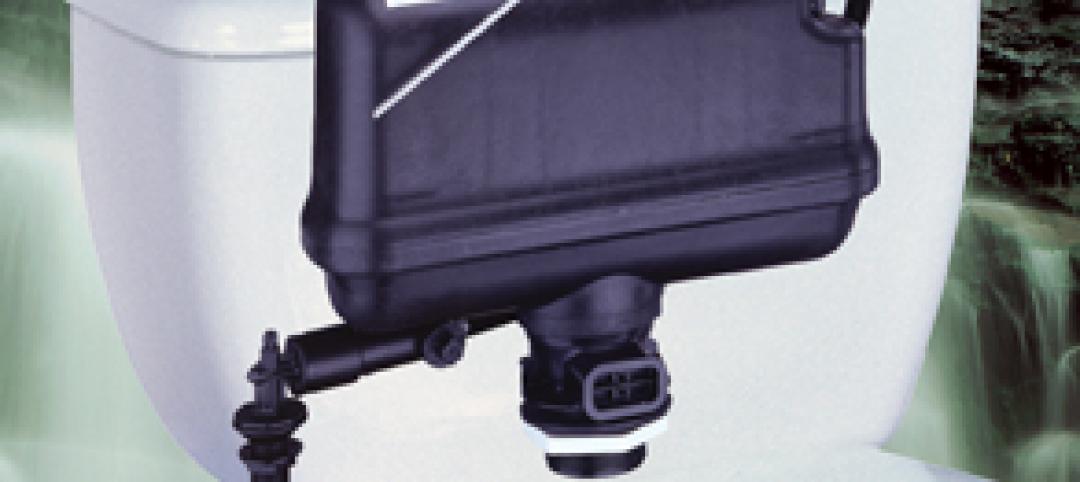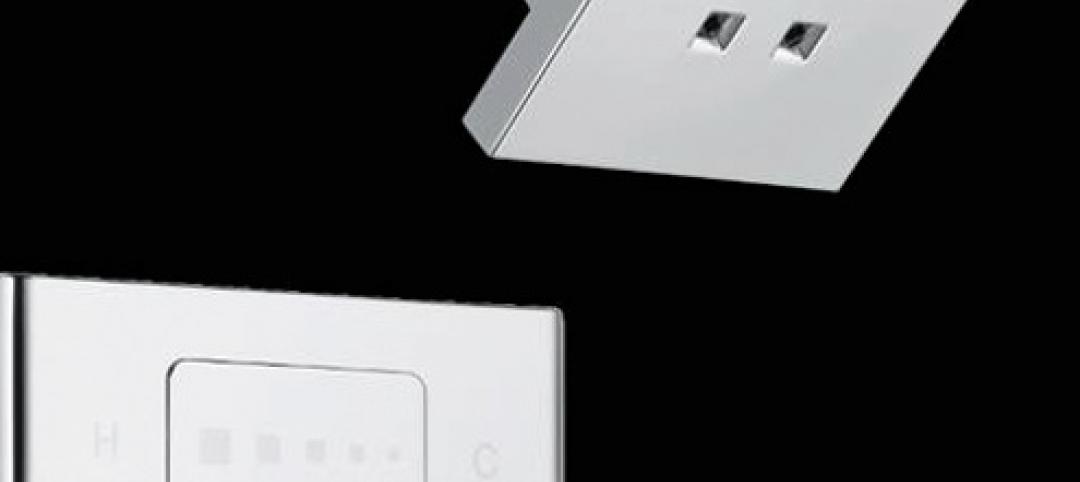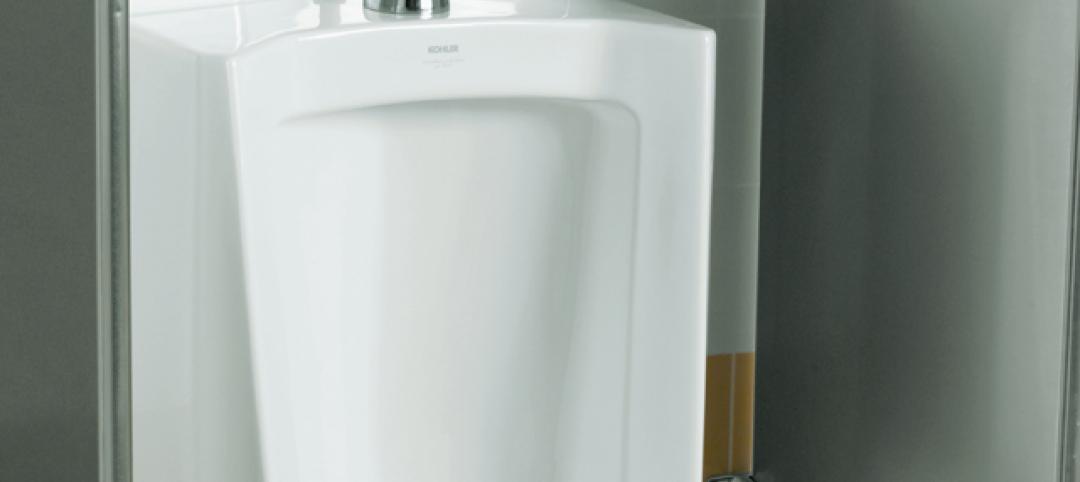The tiny-house craze is huge – TV shows, blogs, daily articles in the news and websites are dedicated to the trend. Now Viega has a hand in it, too – contributing to a tiny-house competition in California. The team from University of California, Berkeley, utilized different Viega products and finished second in the competition, pulling in some other awards as well.
Viega is a member of the Center for the Built Environment (CBE), a UC Berkeley-sponsored scientific research partner, so the collaboration on the tiny house grew from that relationship. Students from the CBE formed a team to compete in the tiny-house building competition, and Viega came on board as a sponsor of the entry, providing products, loaning tools and giving some advice to what became a very successful venture.
The Berkeley team wanted their tiny house to be completely off the grid, able to produce its own energy and use as little water as possible. With efficiency in mind, the team worked to create a system to recycle as much water as they could for a second use.
Laney Siegner, in her third year of the Energy and Resources group PhD program at Berkeley, was one of the project managers and led the design of the water and wastewater systems.
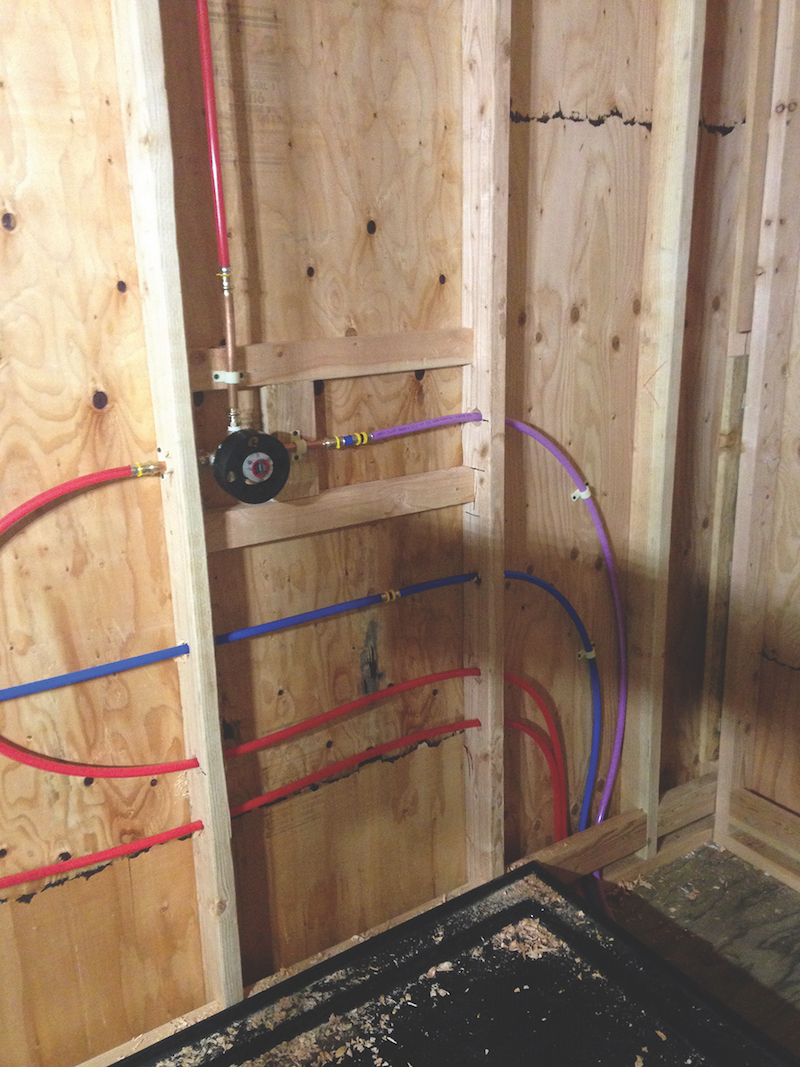 The team used the Viega PureFlow system.
The team used the Viega PureFlow system.
“Our concept was to pump the greywater to planter boxes on the back end of the trailer/house and then filter it through the planter boxes, through a UV disinfection light, and then recollect it as filtered greywater,” Siegner said. “Our highly ambitious goal was to get the water back to potable, but we couldn’t quite achieve that. We did a lot of testing on it, and there was still a little turbidity, but we determined it was okay for several uses.”
The team made good use of the Viega PureFlow system, installing PureFlow PEX in red and blue for hot and cold potable water, and also purple for reclaimed water, as well as PureFlow Press Polymer fittings. The PEX in ½" and ¾" was utilized on the project, and the team was also able to use a ManaBloc in the mechanical room. They chose to cover it with clear plastic, so the plumbing is still visible in the completed home.
The PureFlow PEX products played a big role in the whole water system, with lots of tubing used not only for hot and cold water output, but to move the greywater through the recycling system.
The idea impressed the judges of the competition, and Berkeley’s team won the award for water conservation, as well as for overall sustainability.
“Viega’s support was essential and extremely important for the success of our project,” said Caroline Karmann, a PhD candidate at Berkeley who served as architect for the tiny house. “The high quality of Viega’s products has been a key aspect in the functionality of our water systems, which is unusual and complex since we are off-grid. We were profoundly lucky to have this collaboration with Viega.”
Read more about this project here.
Related Stories
| Oct 4, 2011
GREENBUILD 2011: Large diameter polypropylene-random pipe unveiled
Available in North America for large scale piping applications including high-rise buildings, large chilled water systems, district energy, and water mains.
| Sep 28, 2011
Bradley sponsors design studio on intelligent buildings for UWM SARUP
The studio is taught by Gregory D. Thomson, assistant professor and co-director of the Institute for Ecological Design at UWM.
| Sep 12, 2011
Living Buildings: Are AEC Firms up to the Challenge?
Modular Architecture > You’ve done a LEED Gold or two, maybe even a LEED Platinum. But are you and your firm ready to take on the Living Building Challenge? Think twice before you say yes.
| May 25, 2011
TOTO tests universal design at the AIA conference
If you could be 80 years old for 30 minutes—and have to readjust everything you think you know about your own mobility—would you do it?
| May 20, 2011
Hotels taking bath out of the bathroom
Bathtubs are disappearing from many hotels across the country as chains use the freed-up space to install ever more luxurious showers, according to a recent USAToday report. Of course, we reported on this move--and 6 other hospitality trends--back in 2006 in our special report "The Inn Things: Seven Radical New Trends in Hotel Design."
| May 10, 2011
Cascadia Green Building Council report urges net-zero water systems for multifamily and commercial buildings
A new report from the Cascadia Green Building Council offers best management practices for designing safe, efficient, and effective net-zero water systems for the multifamily, commercial, single-family, and neighborhood market segments.
| Feb 10, 2011
Green Plumbing Fixtures Take a Major Leap Forward
Today’s low-flow plumbing fixtures not only conserve water, they also provide convenience and ease of maintenance.
| Feb 10, 2011
Sloan Valve Co. Flushmate
Sloan Valve Co.’s Flushmate IV 1-gallon pressure-assist system uses air pressure to flush. Rather than pulling waste through the trapway, the system, which works with tank-style high-efficiency toilets, pushes the waste through at nearly three times the flow rate of gravity units. Large water surface area also helps the toilets stay clean longer.
| Feb 10, 2011
Delta WaterSense-labeled showerheads
Delta offers nine collections with WaterSense-labeled showerheads, which are equipped with droplet-enlarging technology that increases both water and energy savings. An Arzo Collection showerhead is pictured.
| Feb 10, 2011
Kohler urinals
Kohler offers urinals with three flush options to fit a variety of applications: standard 1-gallon, pint, or waterless.


